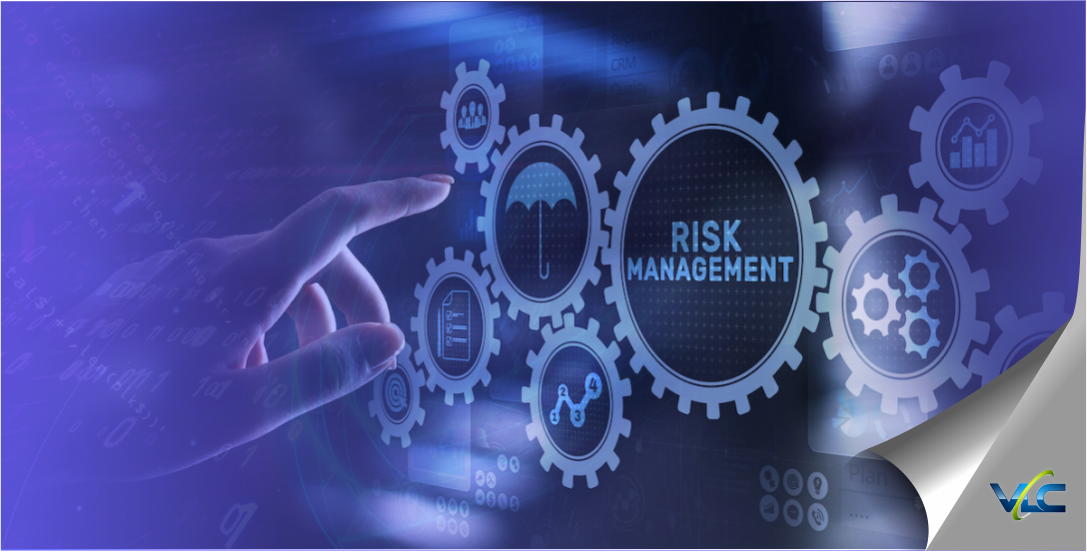Risk Management: The Holistic Picture
The course of life is replete with unexpected situations. This principle holds true for both people and businesses. While some of those situations are positive, others can be negative and can happen with so much frequency to attract your focus as a business owner.
When an unexpected event grips a business suddenly, the result could be trivial, such as a tiny influence on the hanging costs. Although in a much worse plot, it can prove to be disastrous and have severe repercussions, such as a substantial financial strain or maybe even the shutdown of your business.
It appears there is a great quantity of risk and security plans whose basic essence is very much control-centric. Their only risk management method is regularly conducting risk estimates to discover new ideas to reduce risk continuously.
The most detrimental side effect of constant risk mitigation schemes is that they can reshape the business’ central purpose. Each business purpose is concerned with exerting some measure of risk to achieve an aim. It is hazardous to concentrate more on decreasing risks while building the risk of stagnation and doing nothing to revive an organization’s readiness.
The most reliable method to begin with a better risk plan is to officially introduce in your risk assessment procedures a list of proposals that attempt to learn if the prevailing risks are at an appropriate level or not. This can be based on any viewpoint of loss history, predicted dangers, and other parameters. Next, once the risk is at an agreeable level, the aim is to maintain it that way but without any more mitigation effort. The only exception should be for a periodical or trigger-centric re-evaluation.
Still, a large chunk of the most robust risk and security affairs plan is never to stop there itself. Instead, one should make headway in an entirely different direction. Reaching the appropriate risk level is hardly the start of a more rewarding journey that enhances risk mitigation in totality.
In simple terms, retain risk evenly but advance the effectiveness and capacity of the controls that alleviate the risk across varied factors:
Elevate Customer Experience
Achieve a similar risk level but develop controls’ ease of use, including overcoming discord for the client to sign up for assistance or new features. This generally involves aspects related to verification, authorization, fraud identification, and blocking.
Lower Charges
Decrease the costs to maintain or enhance controls and then guide those savings to other developments or additional risks requiring more dynamic controls to lessen them.
Boost Efficiency
Rationalize the system of controls or minimize the number of rules executed for all specific risks, being cautious not to affect defense in its intensity.
Advance the Level of Consistent Control Tracking
Substitute controls that are not responsive to constant performance tracking or don’t show the improvement metrics with those that do.
Enhance Automation
Substitute any manual exercises with automation to overcome regulatory labor or other maintenance duties.
Build Simultaneous Profits
Manifest simultaneous benefits for the current controls such as security logging capture and integrating more data to support productivity tracking or intensify designated recovery to promote resilience and develop transition frequency.
Conquer Adverse External Costs
Improve controls to subdue influence on other risks, such as fixing any trade-off within safety, flexibility, or productivity and performance.
The sure watermark of an economically familiar security strategy is to preserve, control, and maximize performance even after risk has been demoted to tolerable levels.
